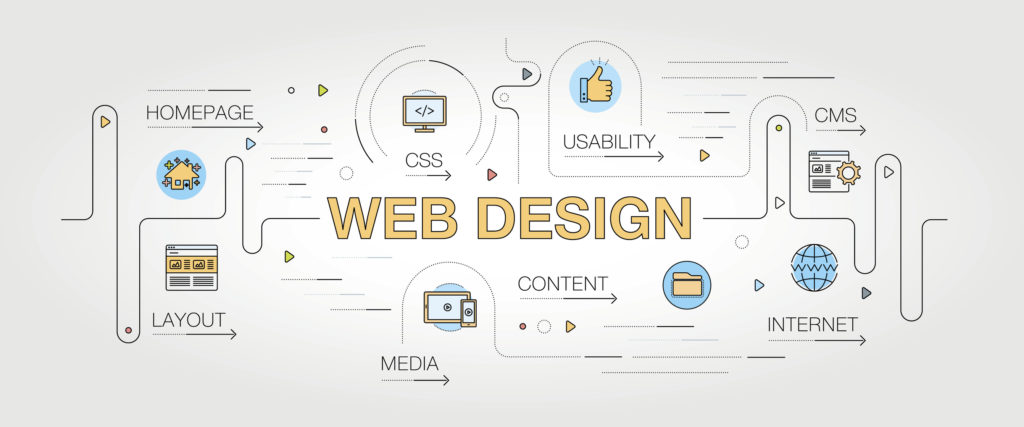Successful website design ensures that the visitor can easily find the information they are looking for. The design should be such that the information is emotionally appealing, structurally functional, and visually appealing. The website design should not only satisfy the visitor but also be attractive to the search engines so that they can place the website above the search results. It is very difficult to please both people and search engines as they both have different requirements. The trick is to have the requirements flow into both a human-approved website design and search engine approval.
There are three types of website designs: static, dynamic, or CMS and e-commerce websites. The choice of the type of website design depends on the type of business and the needs of the business owners. Each of these website designs can be created on different platforms. Read on to learn more about each type of website design and the platforms used.
1. Static website design
If you only need a few pages on your website and you don’t want the information to change, a static design is your best bet. The information on a static site is unchanged and does not change over time. Static websites are created in HTML and CSS. They are very easy to develop and easily indexed by search engines. However, they are weak when it comes to performing complex tasks. Another major disadvantage is that static websites have to be updated manually, which is a time-consuming and tedious task.
2. Dynamics of CMS web design
Dynamic website design can provide dynamic information. This means that depending on the changes that occur, the information on the website is automatically updated based on some criteria. Dynamic web design is usually based on content management platforms like WordPress, Joomla, etc. The only downside is that this type of website is difficult to build and cannot be easily indexed by search engines. The different CMS platforms on which these dynamic websites are based are
· Drupal – Developed and used by many very active people around the world. Drupal is an open-source content management platform. It’s a free system that can be used to create any type of website.
· Joomla – This is a very popular content management system that is mainly used by individuals, small businesses, and large organizations. It is very easy to build a website using Joomla as a platform.
WordPress – The easiest and most convenient platform, WordPress, is also free. You will find plenty of plugins that guarantee you the website of your dreams. WordPress is very easy to use and you can also edit the information on the website without being an HTML guru.
3. E-commerce website-
If you are an online business and the website involves sales, you should consider an e-commerce website. A good platform stays smooth and helps you take care of all the technical aspects of the website. There are a variety of e-commerce platforms to choose from. Some are discussed below.
· Magneto – If you are a beginner with the intent of getting into selling online, the Magneto is a good consideration. Since Magneto is free it is open source and therefore has several extensions. Magneto is SEO ready too, guaranteeing that you have very little work to do.
· OsCommerce – A very popular platform that is easy to set up and easy to use. Its popularity makes it a very common platform, which is a downside. However, to make your website unique with osCommerce, it comes with a number of add-ons that will allow you to easily do the trick.
· OpenCart – It is a free platform with the advantage of being able to sell unlimited products in a number of categories.
· Volusion – Although it has a small starting price, Volusion has a good collection of designs. The downside is that this is a hosted service and can be discontinued at any time.
There are many other e-commerce platforms out there like Shopify, VirtueMart, Zencart, Zencart, etc. Choosing one of these wonderful platforms will ensure that your website works the way you want it to.
What kind of website design is needed should only be decided after the business owner has done a lot of thorough research. The design should be able to easily meet the needs of the owner’s website. If you don’t want the website to be disrupted once it’s built and completed, the static type is for you. On the contrary, if you plan to add a blog to the website and update new articles every now and then, you will benefit from the dynamic website.


